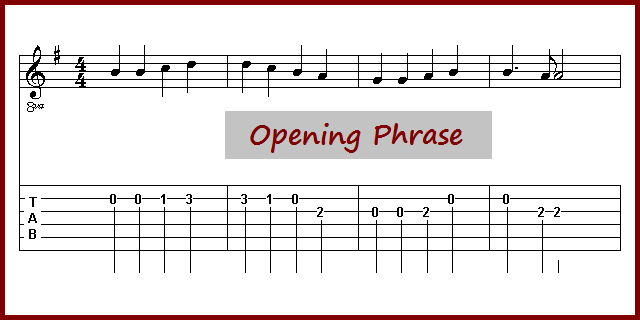
‘Ode To Joy’ is a well-known melody from the prelude to the fourth movement of Beethoven’s Ninth Symphony. Today this melody appears in the official anthem of the European Union.
Here are some links to articles if you would like to know more about Ludwig van Beethoven’s melody, the poem, ‘Ode To Joy’, by German poet, playwright, and historian Friedrich Schiller, and some history regarding this poem and melody.
In addition, this is a great melody for beginning guitar players to learn. I will explain four reasons why you should include this song in your music practice sessions, and later your guitar repertoire.
This is the introduction to a series of articles on how to play ‘Ode To Joy’ in various ways and keys, in order to learn several guitar playing techniques and skills and explore the guitar fretboard. Stay tuned for additional articles.
Simple melody: Only 5 notes
‘Ode To Joy’ uses only the first five notes of a Major Scale, also known as the “do re mi” scale. So that would be these notes: do, re, mi, fa, so. The 5th scale note (“so”) appears as both a high sounding “so” and low sounding “so”. So, technically speaking, there are six notes, but the “so” appears in two different places.
Continue reading “Ode To Joy: Add some joy to your guitar repertoire”

